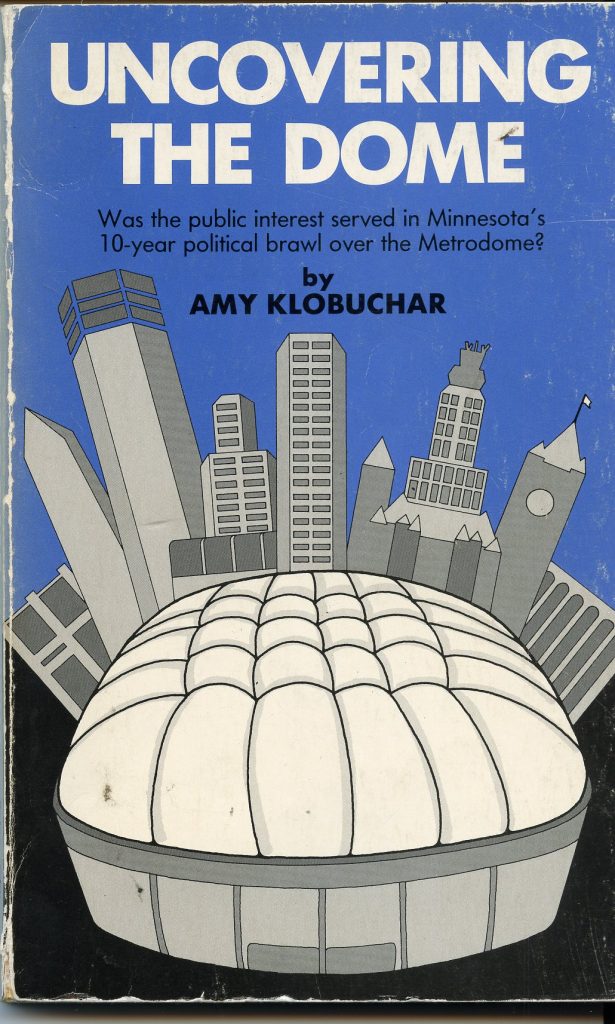No tears for the Metrodome

Few tears are being shed for the Metrodome, which was deflated today after three decades as a Minneapolis landmark. On the day of its demise it is interesting to revisit the contentious history of the marshmallow-like structure. In the 1970s, plans for a downtown sports dome mobilized opponents from the suburbs, who did not want to visit the urban core to attend major league sporting events. And grassroots activists from the Cedar-Riverside and Elliot Park neighborhoods organized Minnesotans Against the Downtown Dome (MADD) to protest its construction.
These neighborhood activists saw the Dome as an attack on a part of the city recently decimated by both freeway construction and the Cedar Riverside towers, large scale urban renewal projects meant to “modernize” the deteriorating streets of these historic areas. Using organizing strategies learned in the anti-war movement, they campaigned against the Dome, rejecting it as another big infrastructure project conceived by the big business/big government partnership that had been running the city since World War II. Longtime activist Brian Coyle explained their objections: “Here you are, trying to build your own community. Suddenly outside forces with enormous resources and power try to build this vast project–ironically underwritten with public money.” These protesters were a constant presence at the State Capitol in the winter of 1979. But they also picketed the headquarters of the Star Tribune, which they criticized for promoting the project under the guise of neutral journalism. Newspaper owner John Cowles Jr. was a big supporter of the stadium plan.
The most comprehensive history of the Hubert H. Humphrey Metrodome was written by Amy Klobuchar, who tackled the topic as a senior at Yale University. Her thesis was later published–under the title Uncovering the Dome–when the 22 year old future U.S. Senator was in law school at the University of Chicago.